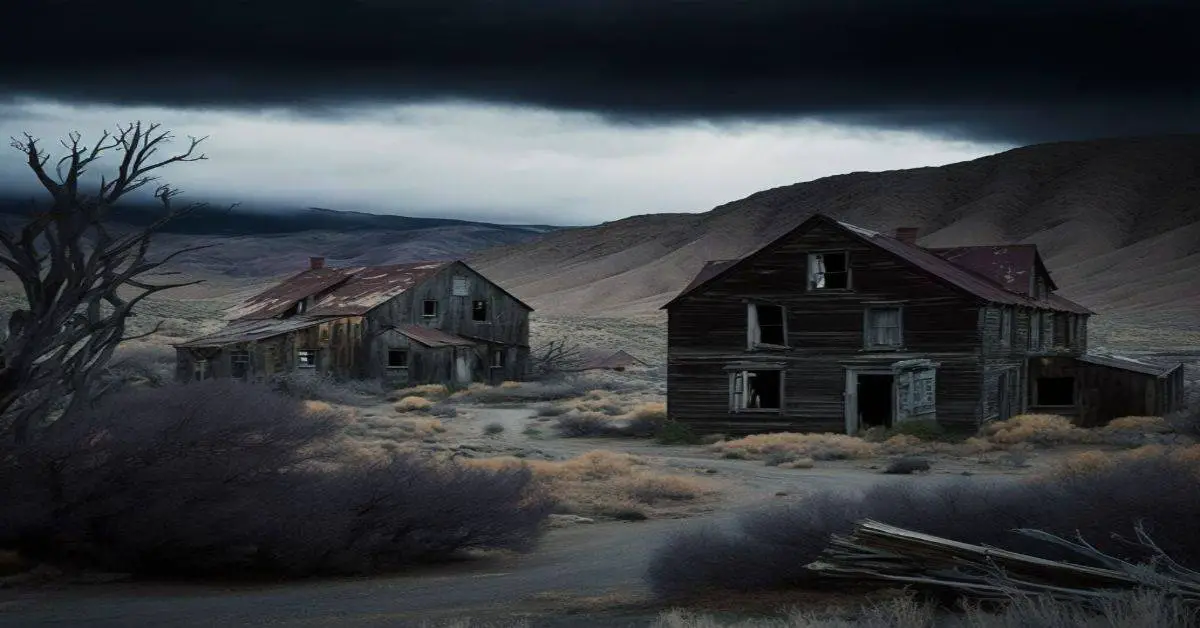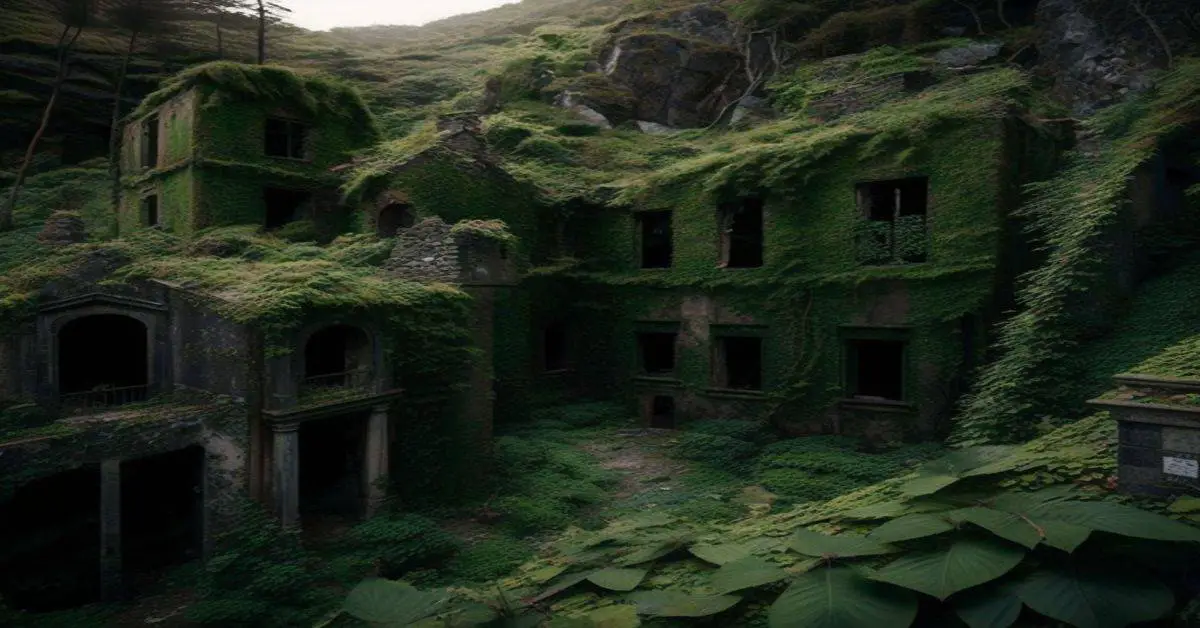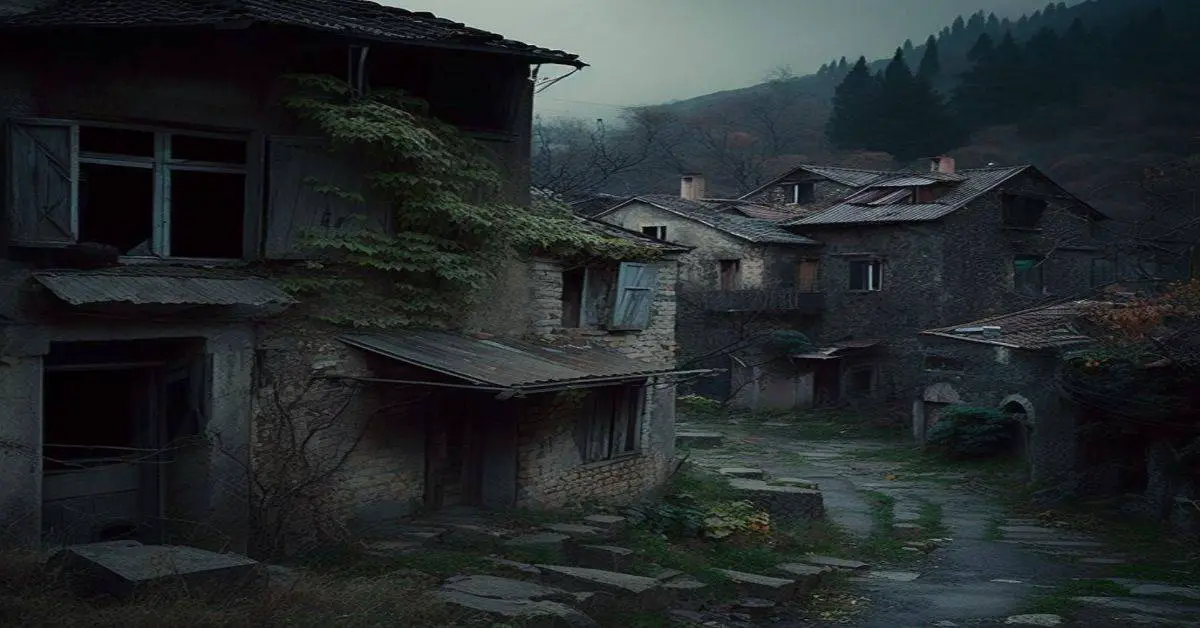Nevada has many abandoned towns, each with a unique history and story. One such town is Rio Tinto, named after the famous copper mines in Spain.
This ghost town, located a few miles southwest of Mountain City in Elko County, is a testament to the rise and fall of the copper mining industry in the state.
During World War II, Rio Tinto was a thriving community due to the strategic importance of copper. However, with the decline in copper prices, the mines were closed in 1948, and the town was abandoned.
Today, Rio Tinto is a fascinating destination for enthusiasts of abandoned towns, offering a glimpse into the past and the remnants of a once-thriving community. In this article, we will explore the history, remains, and attractions of Rio Tinto, as well as provide tips and resources for those interested in visiting this unique site.
Key Takeaways
- Rio Tinto was a thriving community during World War II due to the strategic importance of copper.
- The ghost town remains a popular destination for enthusiasts, featuring impressive ruins such as the concrete school and a huge mill.
- Visitors should know that the private property gate across the road to the mine site is closed.
- Rio Tinto provides a unique opportunity for photography enthusiasts to capture the beauty of abandoned buildings and historic ruins.
Location and History
The location of Rio Tinto, a ghost town in Nevada, and its history are characterized by its proximity to Mountain City, its two-wheel drive accessible roads, and its closure in 1948 following a decrease in the price of copper.
Rio Tinto was named after copper mines in Spain and was once a thriving mining community. The ore found here was assayed as high as 47%, making it a desirable location for copper mining.
Rio Tinto’s impact on the surrounding area was significant, particularly during World War II, when copper’s strategic nature made it a valuable resource. However, the decrease in copper price led to the closing of the mines in 1948.
Copper mining techniques have since evolved, and the mines at Rio Tinto are no longer operational. The ghost town remains a popular destination for enthusiasts, featuring impressive ruins such as the concrete school and a huge mill.
Remains and Attractions
Impressive ruins of concrete structures, including the school and mill, are among the remaining attractions for visitors to explore in the abandoned town of Rio Tinto. The concrete school, the largest building still standing, is a popular spot for tourists interested in the town’s historical significance.
On the other hand, the huge mill provides visitors with a glimpse of the mining industry that once flourished in the area.
To fully appreciate the town’s historical significance, visitors are encouraged to explore the remaining buildings and structures in Rio Tinto. The ghost town’s abandoned buildings serve as a reminder of the town’s past, and provide visitors with a unique opportunity to learn about the mining industry that once fueled the economy in the area.
The ruins of the concrete structures, and the story they tell, make Rio Tinto a must-see destination for anyone interested in the history of the American West.
Visiting Tips and Resources
Surprisingly, visitors to the abandoned town southwest of Mountain City should know that the private property gate across the road to the mine site is closed as of Aug. 25, 2009. This means that visitors can no longer access the mines or the mill ruins. However, visitors can still explore the few remaining houses and the school, which are located outside the private property gate.
It is important to respect the private property and not attempt to enter the closed off areas. Additionally, visitors should be aware that the climate in this area can be extreme, with hot summers and snowy winters. It is best to plan a visit during the spring, summer or fall to avoid harsh weather conditions.
Rio Tinto provides a unique opportunity for those interested in photography to capture the beauty of abandoned buildings and historic ruins. Visitors should bring their cameras and consider using a tripod for stability. The school building provides an impressive backdrop for photographs, with its concrete structure and large windows.
Nearby accommodations can be found in Mountain City, located a few miles away. Visitors can choose from various hotels and motels that offer comfortable accommodations. Rio Tinto is a must-see destination for ghost town enthusiasts and history buffs alike.
Frequently Asked Questions
What was the population of Rio Tinto at its peak and how does it compare to other ghost towns in Nevada?
The population of Rio Tinto at its peak is unknown, but it was economically significant during World War II due to copper’s strategic nature. Rio Tinto’s population is not available for comparison compared to other ghost towns in Nevada.
Were any major accidents or disasters at the Rio Tinto mines?
There is limited information on major accidents or disasters that occurred at the Rio Tinto mines. However, it is important to consider mining safety, environmental impact, labor conditions, and social dynamics in the history of mining in the area.
What was the daily life like for the miners and their families who lived in Rio Tinto?
Daily life for miners and their families in Rio Tinto involved long and arduous work hours, with few leisure activities. Social life revolved around the small community, with daily routines centered on the mine and school, resembling a tightly knit family.
Are there any plans to preserve or restore any of the remaining buildings or structures in Rio Tinto?
Preservation efforts for the remaining buildings in Rio Tinto are currently unknown and there is no evidence of economic viability for restoration projects. However, the site remains a popular destination for ghost town enthusiasts.
Have any notable or famous people visited Rio Tinto, and what did they have to say about the ghost town?
Famous visitors to Rio Tinto are not documented. Reviews and impressions from visitors are scarce. However, ghost town enthusiasts consider the remains of the concrete school and huge mill as must-see impressive ruins.


